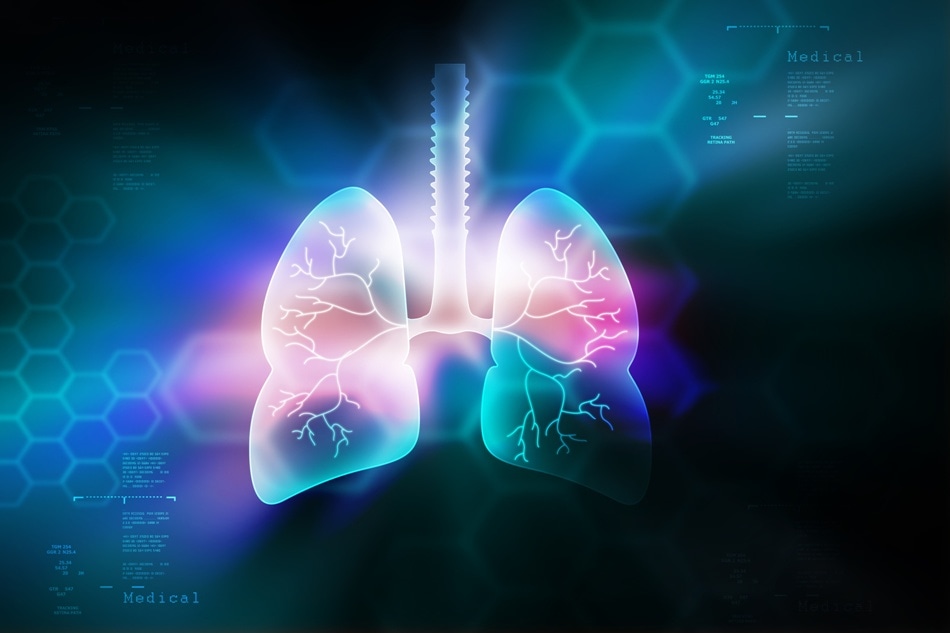Aug 27 2018
Degradation of virgin graphene takes place in the human body when exposed to a naturally occurring enzyme found in the lung, declared Graphene Flagship partners; the French National Centre for Scientific Research (CNRS), University of Strasbourg, Karolinska Institute and University of Castilla–La Mancha (UCLM).
 A natural human enzyme can biodegrade graphene, scientists from the Graphene Flagship have announced.
A natural human enzyme can biodegrade graphene, scientists from the Graphene Flagship have announced.
Graphene-based products are being developed to be interfaced with the human body within the Graphene Flagship, including flexible biomedical electronic systems. If graphene is to be used for such biomedical applications, it should be biodegradable and therefore be ejected from the body.
To examine how graphene acts inside the body, Alberto Bianco and his team at Graphene Flagship partner CNRS, conducted a number of tests seeking to find if and how graphene was broken down with the incorporation of a typical human enzyme. The enzyme here, myeloperoxidase (MPO), is a peroxide enzyme discharged by neutrophils, cells that are in control of the elimination of any bacteria or foreign bodies that invade the body, found in the lungs. If bacteria or a foreign body is detected within of the body, neutrophils surround it and secrete MPO, thus destroying the threat. Earlier work by Graphene Flagship partners found MPO to effectively biodegrade graphene oxide [Small, 20151; Nanoscale, 20182]. But the structure of non-functionalized graphene was considered to be more degradation resistant. To examine this, Bianco and his team analyzed the impacts of MPO, ex vivo, on two graphene forms; single- and few-layer.
Bianco explains, "We used two forms of graphene, single- and few-layer, prepared by two different methods in water. They were then taken and put in contact with myeloperoxidase in the presence of hydrogen peroxide. This peroxidase was able to degrade and oxidise them. This was not really expected because we thought that non functionalized graphene was more resistant than graphene oxide."
Rajendra Kurapati, first author on the research, from Graphene Flagship partner CNRS, said, "The results emphasize that highly dispersible graphene could be degraded in the body by the action of neutrophils. This would open the new avenue for developing graphene-based materials."
With effective ex-vivo testing, in-vivo testing is the following stage. Bengt Fadeel, Professor at Graphene Flagship partner Karolinska Institute, "Understanding whether graphene is biodegradable or not is important for biomedical and other applications of this material. The fact that cells of the immune system are capable of handling graphene is very promising."
Prof. Maurizio Prato, leader of Work Package 4, handling Health and Environment impact studies, based at Graphene Flagship Partner University of Trieste, said, "The enzymatic degradation of graphene is a very important topic, because in principle, graphene dispersed in the atmosphere could produce some harm. Instead, if there are microorganisms able to degrade graphene and related materials, the persistence of these materials in our environment will be strongly decreased. These types of studies are needed. What is also needed is to investigate the nature of degradation products. Once graphene is digested by enzymes, it could produce harmful derivatives. We need to know the structure of these derivatives and study their impact on health and environment."
Prof. Andrea C. Ferrari, Science and Technology Officer of the Graphene Flagship, and chair of its management panel added "The report of a successful avenue for graphene biodegradation is a very important step forward to ensure the safe use of this material in applications. The Graphene Flagship has put the investigation of the health and environment effects of graphene at the centre of its programme since the start. These results strengthen our innovation and technology roadmap"
This study has been reported in Angewandte Chemie, International Edition 2018, DOI: 10.1002/anie.201806906, titled: 'Degradation of Single‐Layer and Few‐Layer Graphene by Neutrophil Myeloperoxidase,' by R. Kurapati, S. P. Mukherjee, C. Martín, G. Bepete, E. Vázquez, A. Pénicaud, B. Fadeel and A. Bianco.